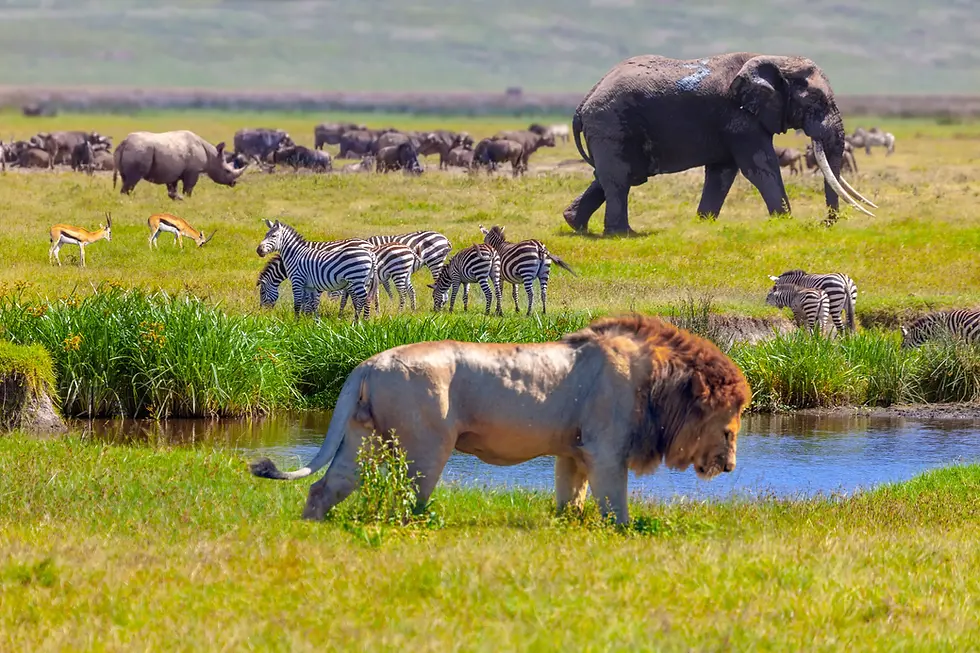The Role of Forest Carbon Sinks in Africa
- Sampurna Chakravorty
- May 26
- 1 min read
Forests are often overlooked as a renewable energy source, and technologies are too, as a way to mitigate climate change, when in fact, they are both extremely effective. Forests can function as “carbon sinks” where the trees and the soil absorb the carbon dioxide from the atmosphere and maintain it so the gas does not escape back into the atmosphere, managing the greenhouse effect. However, the expansion of urbanization and agricultural development leads to deforestation, putting the environment at risk. Timber is also a main industry, especially in Africa, which, alongside other resource extraction efforts, cost the continent 3.9 million hectares of forest every year from 2015 to 2020.
A study from January 2025 measured, due to deforestation, around a 0.600% increase in temperature in the Democratic Republic of Congo from 1992-2020. Similarly, Mozambique also noted a roughly 2.200% increase in temperature. There is also a noted correlation between increased carbon dioxide emissions and increased agricultural land. The data also indicates that vital forests within their dataset and previously published studies were still undergoing deforestation. The deforestation, which exacerbates climate change, also has other effects on the people living in African countries. For example, climate-induced lack of biodiversity harms the Congolese people who depend on the forest for reasonable natural resources. The lack of forest space also fuels conflict and unrest as a result of competition for resources, especially during extreme droughts.
Lawmakers in African countries are advised to fund protection programs and enact legislation that protects forest areas. They should also encourage and give options to their citizens to use renewable practices, such as avoiding charcoal-based cooking.




Comments